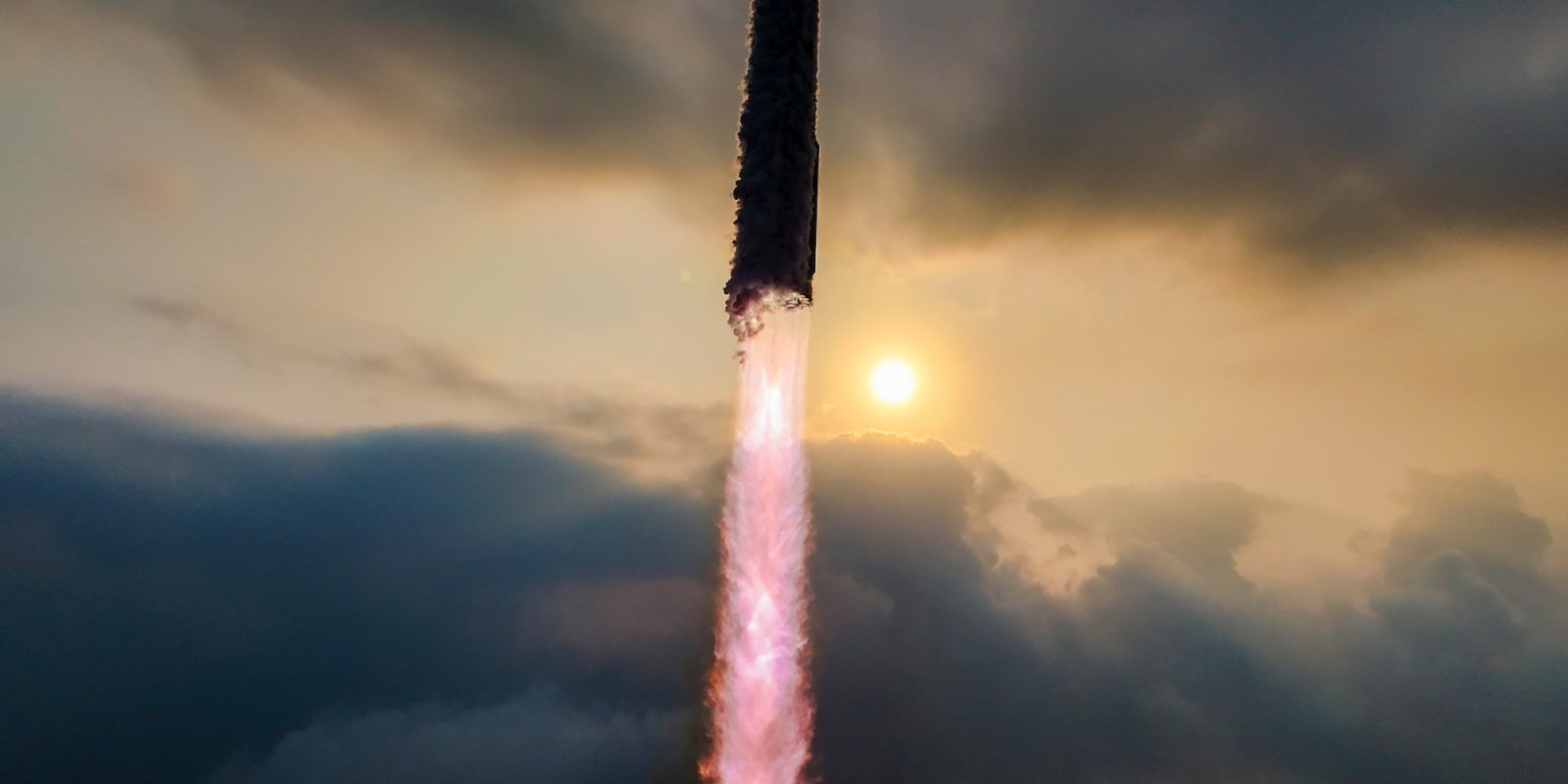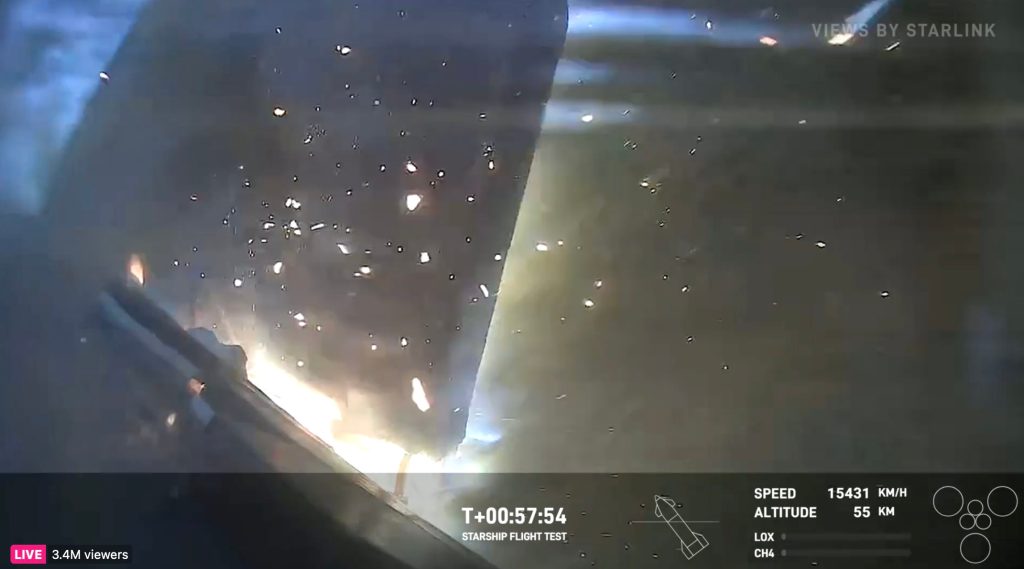
SpaceX successfully launched its fourth Starship flight from its launch site in Starbase, Texas. Unlike Flight 3, Flight 4 made two successful splashdowns in both the Gulf of Mexico and Indian Ocean. Although, the jury is still out on what exactly we did and didn’t see during today’s flight.
Starship Flight 4 keeps development in the right direction
Lifting off right on time with no issues in the count, Starship Booster 11 and Ship 29 rocketed on to their sub-orbital trajectory out of the coastal fog at Starbase, Texas. While one of the Booster’s 33 engines shut down shortly after liftoff, that didn’t stop the rocket from continuing on with its mission.
Just like Flight 3, hot staging was performed flawlessly and Ship 29 began its journey to space while Booster 11 flipped around and started heading back to Texas.
Two main issues that were solved on Flight 4 were the loss of the Booster during the landing burn and the Ship’s loss of altitude control in space. Both were remedied with more robust systems. Booster 11 successfully splashed down in the Gulf of Mexico while Ship 29 had rock solid control while in space.
The next major milestone for Starship was successful reentry and splashdown in the Indian Ocean. With the upgraded reaction control system, Ship 29 was able to keep a stable attitude until its fins were able to take control at about 85km.
Using Starlink terminals like on Flight 3, we were able to see rock steady views from Starship all the way until the camera broke. Why did the camera break? Great question, hypothetical reader that can somehow get ahold of the writer mid drafting of this piece.
While Ship 29 successfully made its way all the way down to the Indian Ocean, it did so by shedding some weight from at least one of its aft fins.

Somehow, the fin survived and continued operating through reentry. However, this partial breakup coated the camera with debris and cracked the glass in front of it, blocking our views.
Call outs were heard for landing burn start and finish, although without camera views we had to rely on the attitude indicator at the bottom of the screen. It all looked like the burn was successful, but data review will have to prove that.
What does this mean for future Starship flights?
So after what seems like a rather successful test flight, what’s next for Starship?
Well this mission was a repeat of the last flight due to the need to get through reentry. Another point that didn’t seem to have been attempted today was a relight of a Raptor engine in space. This is a needed test to go orbital and could be a reason why Flight 5 might not be orbital.
Although we have no details as to what Flight 5 will be yet.
However, Elon Musk is already on his social media site X with ideas for Flight 5. You can’t disagree that the booster performed great even with one less engine and the splashdown at sea looked like they’ve landed over 300 booster before (oh wait, they have).
Musk in a reply on X shared SpaceX could attempt a catch of the booster using Starbase’s orbital pad “chopstick” arms. The arms have recently been upgraded for faster movements to aid in having any chance in catching a booster.
This would for sure be a crazy event to witness if they do in fact attempt this on Flight 5.
When Flight 5 could take place? Well SpaceX is already in the building and testing phase for Flight 5’s hardware. However, we’ll have to wait and see if any reviews are needed by the FAA. So far they haven’t announced any. SpaceX will then have to get approval for another launch on their license.
FTC: We use income earning auto affiliate links. More.




Comments